Premium Only Content
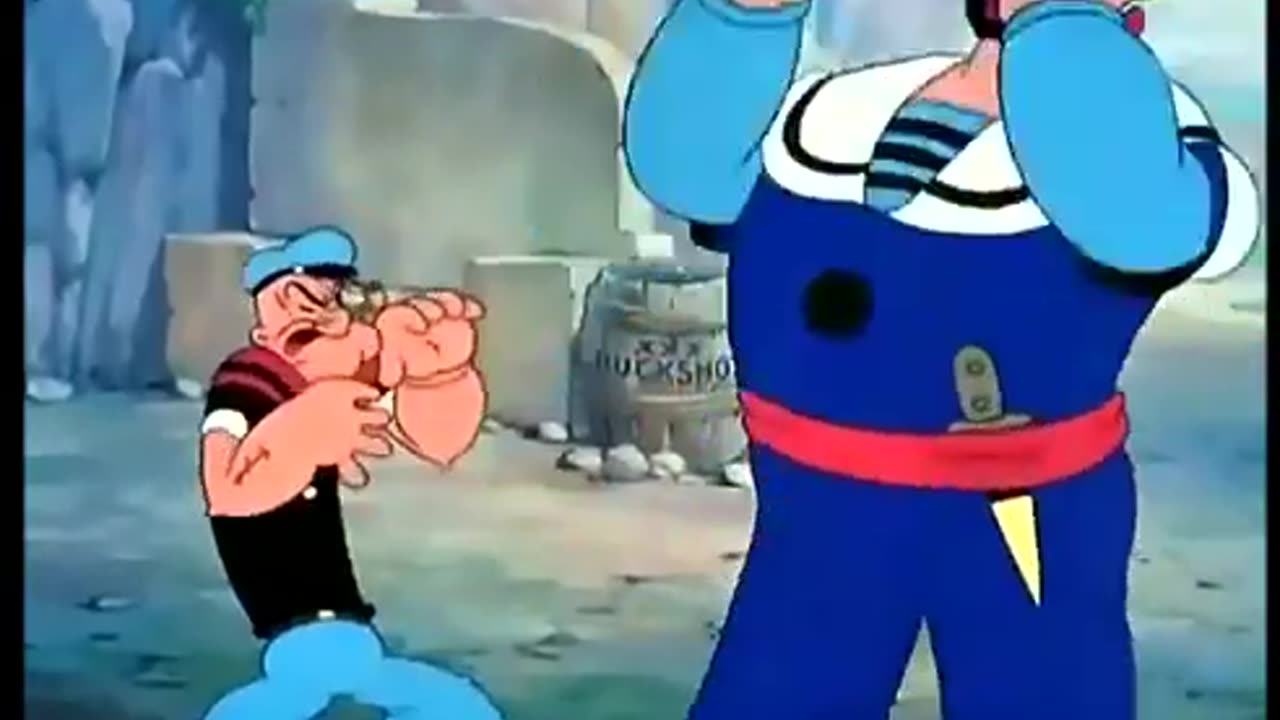
Popeye the Sailor Meets Sindbad the Sailor (Cartoon, 1936)
Popeye the Sailor Meets Sindbad the Sailor is a 1936 animated short film produced by Fleischer Studios and released by Paramount Pictures. It’s one of three two-reel Popeye Color Specials, notable for its vibrant two-strip Technicolor, longer runtime (about 16 minutes), and ambitious storytelling compared to typical Popeye shorts. Released on November 27, 1936, it’s a loose, whimsical adaptation inspired by the Arabian Nights tales, pitting Popeye against a larger-than-life villain styled after Sinbad the Sailor.
The cartoon opens with Sindbad (voiced by Jack Mercer, who also voices Popeye), a boisterous and bearded pirate king, lounging on his island surrounded by treasure and exotic creatures. He proclaims himself the greatest sailor, adventurer, and lover, ruling over a menagerie of fantastical beasts like a two-headed giant, a giant roc (a mythical bird), and a massive lion. His island is a chaotic paradise of danger and excess, rendered with the Fleischers’ signature fluid animation and surreal detail.
Popeye, Olive Oyl, and Wimpy sail into the story on a small boat. Popeye (also voiced by Jack Mercer) is his usual scrappy, spinach-powered self, muttering asides and ready for a fight. Olive (voiced by Mae Questel) is the damsel in distress, and Wimpy (voiced by Lou Fleischer) is obsessed with hamburgers, as always. Their boat drifts near Sindbad’s island, and the villain spots them with a telescope. Enamored with Olive and eager to prove his superiority, Sindbad sends his roc to kidnap her, sparking the central conflict.
What follows is a series of comedic and action-packed showdowns. Sindbad taunts Popeye, calling him a “landlubber,” and sics his island’s creatures on him: the two-headed giant, the roc, and a fire-breathing dragon-like monster. Popeye initially struggles, getting tossed around in slapstick fashion—punched by the giant, spun by the roc, and singed by the dragon. Each encounter is a showcase of the Fleischers’ inventive animation, with exaggerated movements and playful gags, like Wimpy trying to grill a burger mid-chaos.
The turning point comes when Popeye, battered and fed up, pulls out his trusty can of spinach. After a quick gulp (complete with the iconic tune), he transforms into a powerhouse, pummeling Sindbad’s beasts with uppercuts and twister punches. The two-headed giant gets tied in knots, the roc is plucked bald, and the dragon is knocked out cold. Finally, Popeye takes on Sindbad himself in a brawl that wrecks the island, ending with Sindbad hurled into the stars, dazed and defeated.
The cartoon wraps up with Popeye rescuing Olive, Wimpy munching a burger, and Popeye singing a triumphant version of his theme song, “I’m Popeye the Sailor Man,” as they sail off. The film’s rich color palette, dynamic camera angles (thanks to the Fleischers’ 3D setback process), and adventurous tone make it a standout in Popeye’s filmography, earning it a place in the National Film Registry for its cultural significance.
It’s a rollicking, larger-than-life tale of Popeye’s grit and spinach-fueled heroism, packed with humor, spectacle, and the charm of 1930s animation at its peak.
-
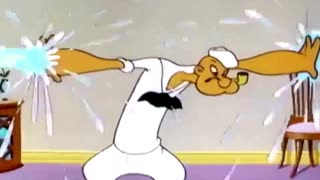 6:16
6:16
Silver Screen Echoes
1 month agoPopeye The Sailor Man: Floor Flusher (Cartoon, 1954)
721 -
 1:12:09
1:12:09
Wendy Bell Radio
7 hours agoPet Talk With The Pet Doc
21.7K46 -
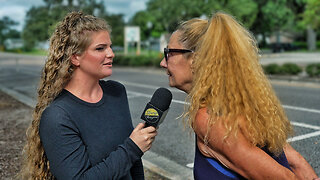 27:15
27:15
Liberty Hangout
2 days agoThe Most DELUSIONAL Democrats on Earth!
41.6K152 -
 38:41
38:41
JohnXSantos
1 day ago $0.95 earnedHow To Start A CLOTHING BRAND on a BUDGET! Step X Step (2025)
18.5K2 -
 30:57
30:57
Her Patriot Voice
18 hours ago $16.82 earnedDemocrats More Unhinged Than EVER Before!
105K144 -
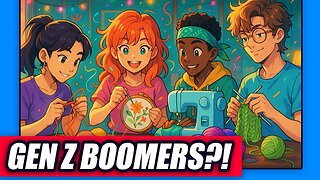 29:13
29:13
Clownfish TV
1 day agoGen Z are Becoming the Boomers?! | Clownfish TV
28K41 -
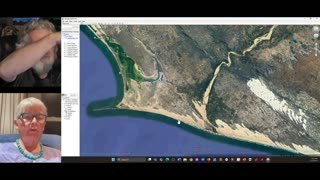 1:48:31
1:48:31
Squaring The Circle, A Randall Carlson Podcast
21 hours agoMEGA Tsunamis and the formation of our World ft. Dr. Dallas Abbot
41.2K9 -
 29:26
29:26
Advanced Level Diagnostics
2 days ago $0.29 earned2019 Chevy Express - No Crank, Relay Clicking! Diag & Fix!
9.73K1 -
 30:56
30:56
5AMPodcast
1 day ago $0.36 earnedCitizen Journalism 🎙️Replacing Traditional Media | Sam Anthony on 5 AM Podcast
9.45K1 -
 6:53
6:53
Rena Malik, M.D.
1 day ago $2.55 earnedWhy Antidepressants Wreak Havoc on Your Sex Life?! | Urologist Explains How to Boost your Libido
29.4K5